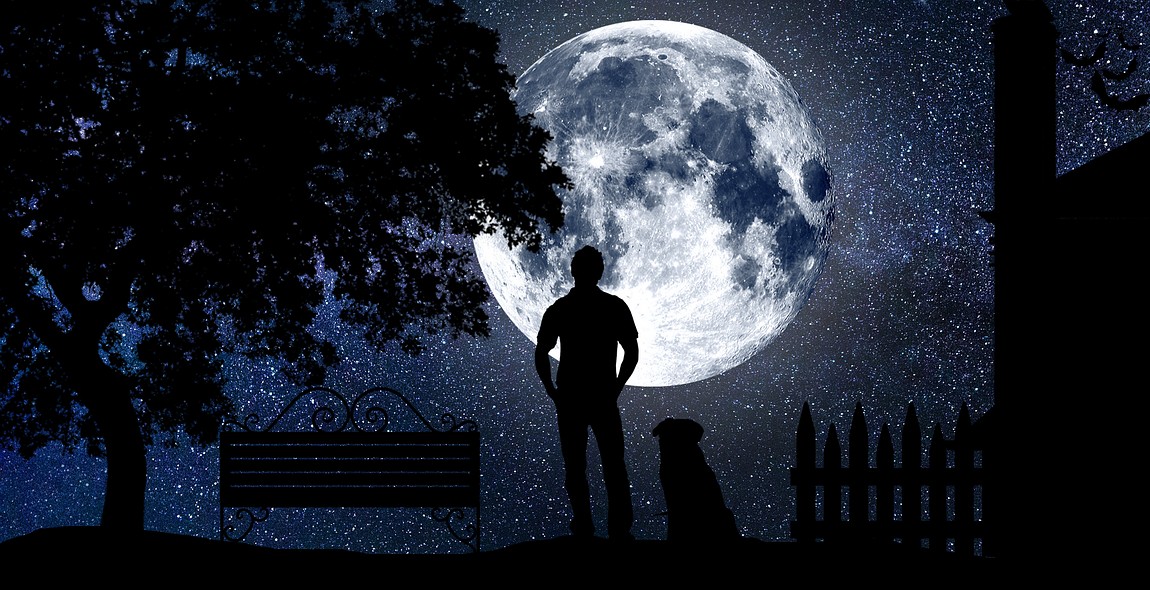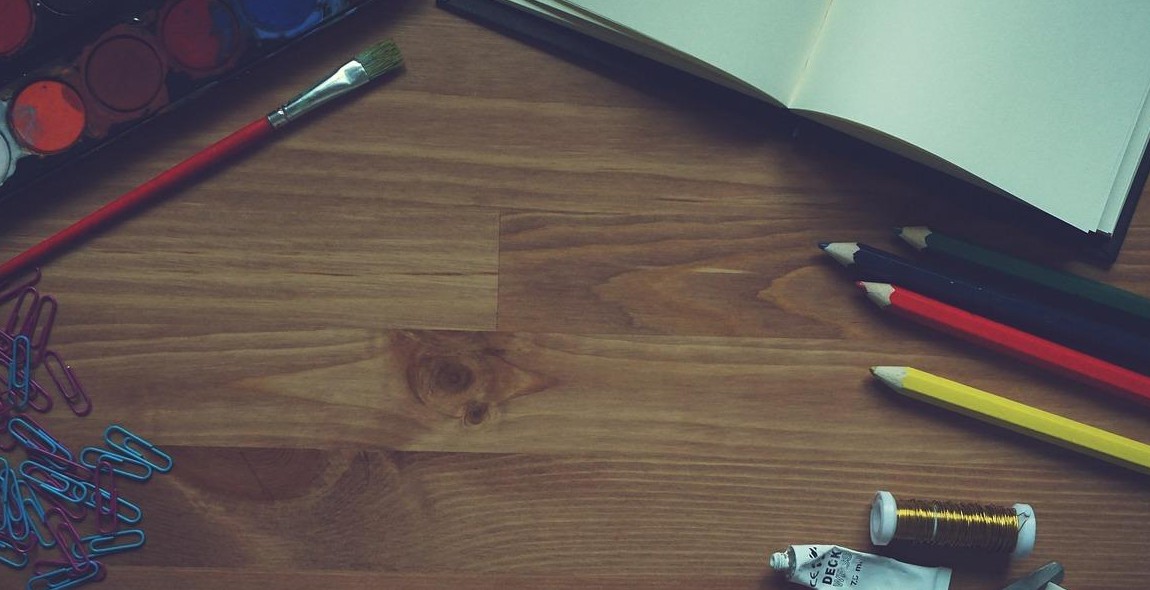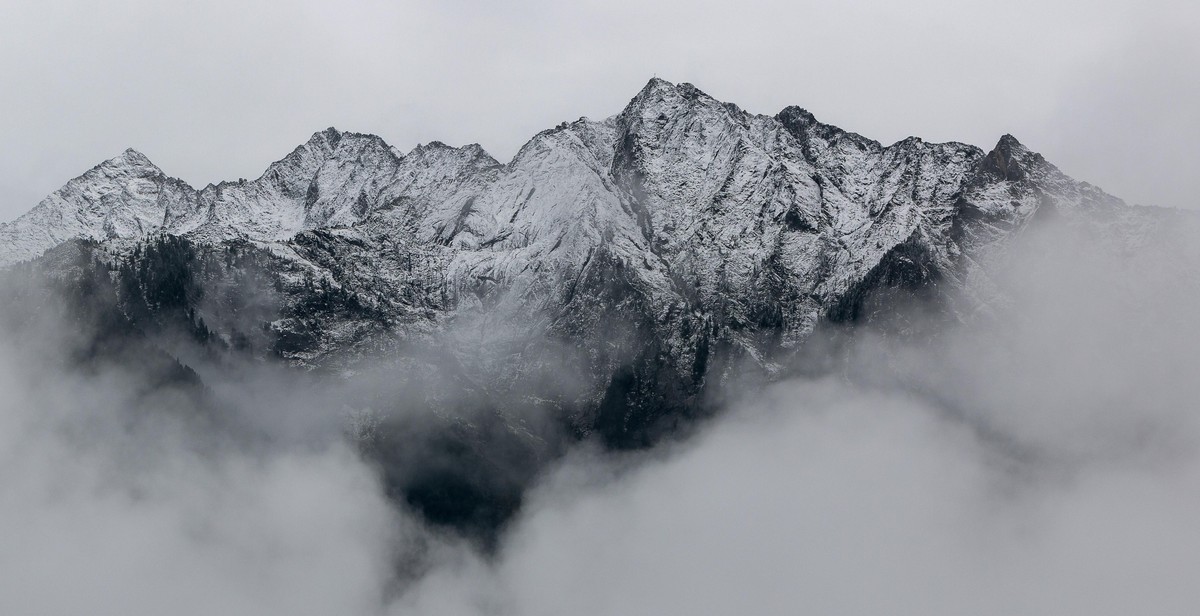How to Paint a Landscape: Tips and Techniques for Creating Beautiful Outdoor Scenes
As an experienced artist and landscape painter, I have spent countless hours perfecting my craft and creating beautiful outdoor scenes on canvas. Painting landscapes can be both challenging and rewarding, but with the right techniques and tools, anyone can create stunning works of art.
My Experience with Landscape Painting
My love for nature and the great outdoors inspired me to start painting landscapes. At first, I struggled with finding the right balance between realism and artistic expression. However, with practice and experimentation, I was able to develop my own unique style and technique.
Through trial and error, I discovered that the key to creating a beautiful landscape painting is to capture the essence of the scene. It’s not just about the colors and shapes, but also about the emotions and feelings that the scene evokes.
In this article, I will share my tips and techniques for painting landscapes, from choosing the right materials to creating depth and dimension in your work. Whether you are a beginner or an experienced artist, I hope this guide will inspire you to create your own beautiful outdoor scenes.
Materials You’ll Need
Before you start painting a landscape, you need to gather the necessary materials. Here are the essential supplies:
Paints and Brushes
The type of paint you use depends on your preference and the effect you want to achieve. However, it’s important to use high-quality paints for a better result. Acrylic and oil paints are popular choices for outdoor landscapes. Make sure you have a variety of brushes in different sizes and shapes for different techniques.
Canvas or Paper
You need a surface to paint on, and canvas or paper are the most popular options. Canvas is more durable and can withstand the elements, but paper is lightweight and easy to transport. Choose the size that suits your needs and preferences.
Easel
An easel is a stand that holds your canvas or paper while you paint. It keeps your work at eye level and allows you to work comfortably. Consider the weight and portability of the easel if you plan to paint outdoors.
Palette
A palette is a flat surface where you mix your paints. You can use a traditional wooden palette or a disposable paper palette. Make sure it’s big enough to hold all the colors you need.
Other Supplies
Other supplies you may need include:
- Paint thinner or water for cleaning your brushes and thinning your paints
- Rags or paper towels for wiping your brushes
- Palette knife for mixing paints
- Sketchbook and pencils for sketching your composition
| Material | Recommended Brands |
|---|---|
| Acrylic Paints | Golden, Liquitex, Winsor & Newton |
| Oil Paints | Winsor & Newton, Gamblin, Old Holland |
| Canvas | Masterpiece, Fredrix, Winsor & Newton |
| Paper | Strathmore, Canson, Arches |
| Brushes | Princeton, Escoda, Rosemary & Co. |

Choosing a Landscape to Paint
One of the most important aspects of painting a landscape is choosing the right scene. Here are some tips to help you choose the best landscape to paint:
Consider the Time of Day
The time of day can greatly affect the mood and lighting of a landscape. Consider painting during different times of the day to capture different atmospheres. For example, painting during the golden hour (the hour after sunrise or before sunset) can give your painting a warm, glowing effect. On the other hand, painting during midday can give your painting a bright and vibrant feel.
Look for Interesting Elements
When choosing a landscape to paint, look for interesting elements that will make your painting stand out. This can include unique rock formations, a winding river, or a striking tree. Try to find a focal point that will draw the viewer’s eye into the painting.
Take Reference Photos
It’s important to take reference photos of the landscape you want to paint. This will allow you to refer back to the scene later and capture details that you may have missed. When taking photos, try to capture the scene from different angles and perspectives. This will give you more options when it comes to composing your painting.
By considering the time of day, looking for interesting elements, and taking reference photos, you can choose a landscape that will make for a beautiful painting.

Preparing Your Workspace
Before you start painting a landscape, it’s important to set up your workspace properly. This will help you stay organized and focused throughout the painting process. Here are some tips to get you started:
Set Up Your Easel
Choose a sturdy and adjustable easel that can hold your canvas securely. It should be positioned at a comfortable height and angle, so you don’t strain your back or neck while painting. If you’re painting outdoors, make sure your easel is stable and won’t tip over in the wind.
Mix Your Paints
Prepare your paints by mixing them on a palette or mixing tray. Use a palette knife to mix the colors thoroughly and create the shades you need. Consider the color scheme of your landscape and mix the paints accordingly. For example, if you’re painting a sunset, you’ll need warm oranges, reds, and yellows.
Organize Your Brushes
Arrange your brushes in a container or holder, so you can easily find the one you need. Keep your brushes clean and dry, and avoid mixing them up with other colors. Consider using separate brushes for each color or shade, so you don’t accidentally mix the wrong colors together.
By setting up your workspace properly, you’ll be ready to start painting a beautiful landscape. Take your time, experiment with different colors and techniques, and have fun!

Techniques for Painting Landscapes
Blocking in the Basic Shapes
Before starting a landscape painting, it is essential to block in the basic shapes of the scene. This technique involves sketching out the general shapes of the landscape using light lines. It helps to establish the composition and ensure that everything is in the right place before adding details.
Creating Depth with Perspective
Perspective is crucial in creating depth in a landscape painting. One technique is to use a vanishing point to draw the viewer’s eye into the painting. Another technique is atmospheric perspective, which involves using cooler and lighter colors for objects in the distance to create the illusion of depth.
Adding Texture and Detail
Adding texture and detail to a landscape painting can make it more realistic and interesting. One technique is to use a dry brush to create texture in the foliage or grass. Another technique is to use a palette knife to add texture to rocks or other objects in the painting.
Using Color Theory to Create Harmony
Color theory can be used to create harmony in a landscape painting. One technique is to use complementary colors, such as blue and orange or green and red, to create contrast and interest. Another technique is to use analogous colors, such as blue, green, and purple, to create a more natural and harmonious color scheme.
- Blocking in the basic shapes
- Creating depth with perspective
- Adding texture and detail
- Using color theory to create harmony
By using these techniques, you can create beautiful and realistic landscape paintings that capture the essence of the outdoor scene.
Tips for Successful Landscape Painting
1. Start with a Plan
Before you begin painting, it’s important to have a plan. Decide on the composition, color scheme, and overall mood you want to convey in your landscape painting. You can sketch out your ideas in a sketchbook or on paper before you start painting. This will help you stay focused and avoid getting lost in the details.
2. Work from General to Specific
When painting a landscape, it’s important to work from general to specific. Start with a loose underpainting, blocking in the major shapes and values. Then gradually add more detail and refine the painting. This will help you avoid getting bogged down in details too early and losing sight of the overall composition.
3. Don’t Overwork Your Painting
One of the biggest mistakes artists make when painting landscapes is overworking the painting. This can lead to muddy colors, lost details, and a lack of freshness in the painting. Know when to stop and step away from the painting. Sometimes less is more.
4. Take Breaks and Step Back to Evaluate
It’s important to take breaks and step back from your painting to evaluate your progress. This will help you see the painting with fresh eyes and identify any areas that need to be corrected or improved. It can also help you avoid getting too close to the painting and losing sight of the big picture.
| • Use a limited color palette to create harmony in your painting |
| • Experiment with different brush strokes and textures to create interest |
| • Consider the time of day and weather conditions when painting landscapes |

Conclusion
Painting a landscape can be a challenging but rewarding experience. With the right techniques and tips, you can create beautiful outdoor scenes that capture the essence of nature. Remember that the process of painting should be enjoyed, and not just the final product.
Practice Makes Perfect
Don’t be discouraged if your first few attempts at painting a landscape don’t turn out the way you want them to. Like any skill, painting takes time and practice to master. Keep practicing, and you will see improvement in your work.
Experiment with Techniques
There are many techniques you can use to create different effects and textures in your landscape paintings. Experiment with different techniques, such as impasto or glazing, to find what works best for you. Don’t be afraid to try new things.
Get Inspired
One of the best ways to improve your landscape paintings is to get inspired by the work of other artists. Visit art galleries, read art books, and attend art shows to see what other artists are doing. You may find new techniques and styles that you want to incorporate into your own work.
Have Fun
Most importantly, have fun with your painting. Don’t put too much pressure on yourself to create a masterpiece every time you paint. Enjoy the process and the experience of being outdoors and capturing the beauty of nature on canvas.
| Tags: | painting, landscape, tips, techniques, nature, art |
